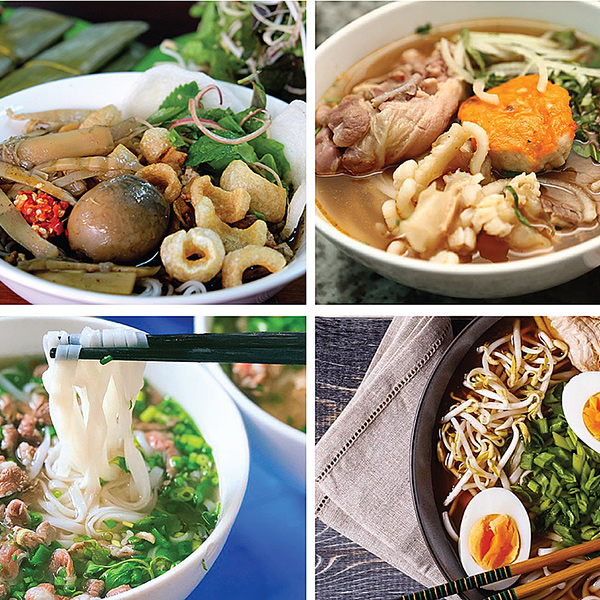

Hanoi Etoco - A travel company in Vietnam © Since 2001
CLOTHING
Comfortable lightweight clothing in natural fabrics such as cotton is most suitable for travelling in Vietnam. The dress code is fairly casual as in most parts of the tropics but it is advisable to cover arms and legs in the evenings against biting insects. A lightweight raincoat is a good idea in the rainy season. During the winter months warm clothing is needed for visiting the north of Vietnam. Visitors to Buddhist countries should not wear shorts, short skirts or other skimpy clothing when religious buildings and shoes should be removed before entering a private home. What To Bring From November through March, northern Vietnam is cool and damp so bring a jacket and sweater. In the highlands, nighttime temperatures are crisped year-round. Outside of Hanoi and Ho Chi Minh City you will have trouble finding sunscreen, tampons, mosquito repellent, multivitamins, and prescription medicines.
TELECOM & INTERNET
Wifi, 4G and 5G are popular and very cheap in Vietnam.Vietnam national code: 0084
HEALTH
No vaccinations are required except for COVID-19. However visitors should be inoculated against typhoid, cholera, hepatitis A & B, tetanus and polio. Malaria is present in most of the region and it is advisable to take precautions especially if travelling off the beaten track. Medical facilities are rather limited in all countries and it is essential to take out a good medical insurance policy before travelling in case evacuation is needed.
THE CUISINE
The cuisine of Vietnam comes as a pleasant surprise to many visitors and is definitely a part of the Vietnam experience not to be missed. One of the characteristics of Vietnamese food is that it is always fresh being bought the same morning straight from the market. Food is usually prepared with a minimum of oil and served with the ubiquitous fish sauce called nuoc mam. Typical Vietnamese dishes you can expect to try include pho, a type of rice noodle soup eaten for breakfast, cha gio, deep-fried spring rolls and goi ngo sen, a delicious salad made with lotus stems, shrimps and peanuts. Due to the strong Buddhist influence in Vietnam, vegetarian food is widely available. It is not advisable to drink tap water in Vietnam, but bottled mineral water is safe and available everywhere. Ice in drinks is generally OK in good standard hotels and restaurants but it is best to avoid it on street stalls or in country areas.
 Vietnam cuisine
Vietnam cuisine